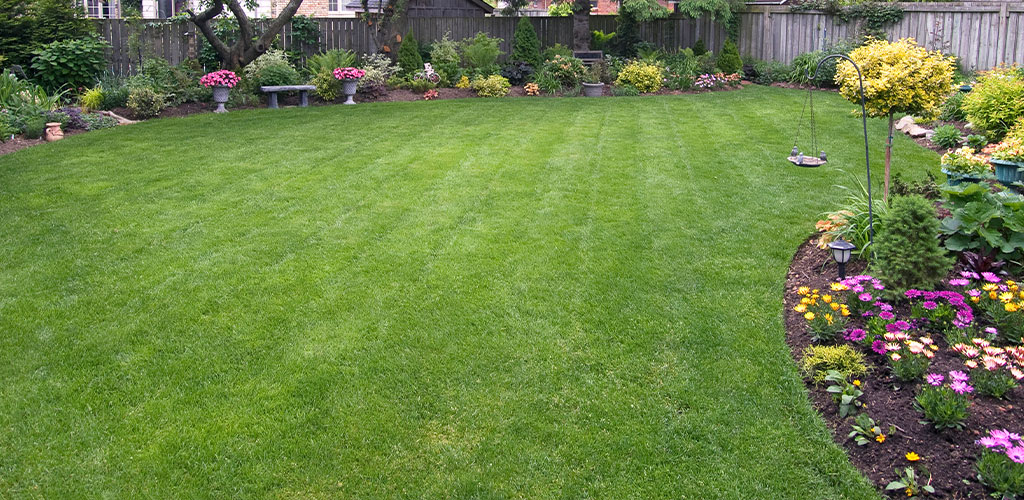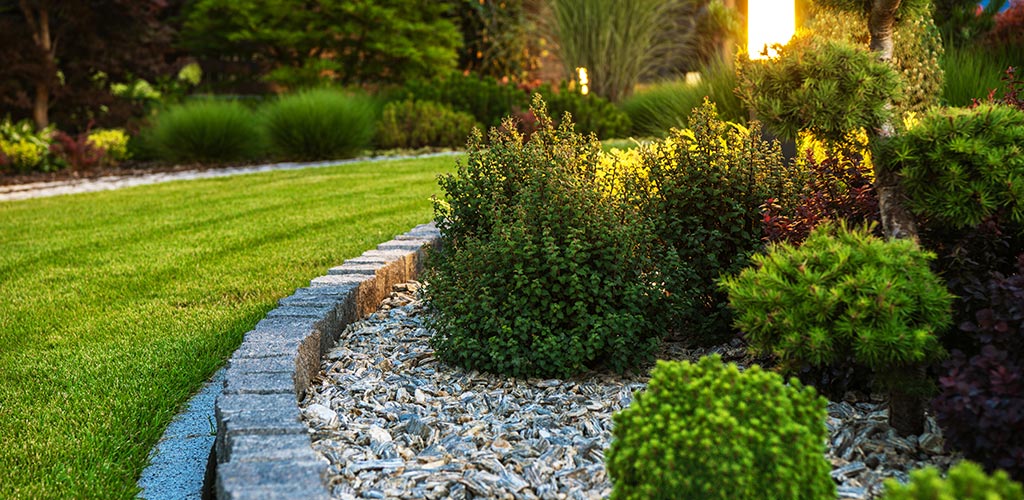When it comes to lawn care, there’s no shortage of advice floating around—from your neighbor’s “tried-and-true” tips to outdated information passed down like an old family recipe. Unfortunately, many of these so-called tips can do more harm than good. At Steven’s Wack-N-Sack, we believe in keeping your lawn healthy and thriving with the right information. Let’s bust some of the most common lawn care myths and set the record straight.
1. Myth: You Should Water Your Lawn Every Day
Reality: More watering isn’t always better. In fact, watering every day can lead to shallow root growth, making your lawn more susceptible to drought and disease. Instead, aim for deep, infrequent watering—about 1 to 1.5 inches per week, including rainfall. This encourages strong, deep roots that can handle tough conditions.
2. Myth: The Shorter You Mow, the Less Often You Have to Do It
Reality: Scalping your lawn (cutting it too short) stresses the grass, weakens roots, and leaves it vulnerable to weeds, pests, and heat damage. Follow the “one-third rule”: never cut more than one-third of the grass blade’s height at a time. This helps your lawn stay healthy and lush. Some cool weather grasses actually prefer to remain longer.
3. Myth: Grass Clippings Cause Thatch Build-Up
Reality: This one’s a classic misconception. Grass clippings are mostly water and decompose quickly, adding nutrients back to the soil. Thatch comes from an accumulation of roots, stems, and organic material—not fresh clippings. So, don’t bag your clippings unless absolutely necessary; mulching them can even reduce the need for fertilizer.
4. Myth: You Only Need to Fertilize Once a Year
Reality: While some slow-release fertilizers last longer, most lawns benefit from multiple applications throughout the growing season. This helps replenish nutrients that get depleted over time. The key is to fertilize at the right times—usually in early spring, late spring, summer (if needed), and fall.
5. Myth: Weeds Mean You Have a Bad Lawn
Reality: Even the healthiest lawns can get a few weeds. It’s not always a sign of poor maintenance. Weeds often thrive in disturbed soil or areas where grass struggles. A combination of proper mowing, fertilization, and weed control can help manage them. But don’t panic over the occasional dandelion—it’s part of the process.
6. Myth: More Fertilizer = A Better Lawn
Reality: Over-fertilizing can burn your grass, cause excessive growth (which attracts pests), and even lead to runoff issues that harm local waterways. Think of fertilizer like vitamins—you need the right dose at the right time. A tailored fertilization plan will do more good than dumping on extra.
7. Myth: Spring is the Best Time to Seed Your Lawn
Reality: While spring seems like the obvious choice, fall is actually the best time to overseed. The cooler temperatures, warm soil, and consistent moisture create the perfect environment for new grass to thrive without the stress of summer heat.
8. Myth: If the Grass is Green, It Doesn’t Need Care
Reality: Just because your lawn looks good on the surface doesn’t mean it’s healthy underneath. Regular maintenance—like aeration, fertilizing, and pest control—is key to long-term lawn health. Waiting until problems show up often means it’s already too late.
Want a Lawn That’s the Envy of the Neighborhood?
At Steven’s Wack-N-Sack, we know what your lawn really needs to thrive. Don’t fall for these common myths—trust the experts who care about your grass as much as you do.
Ready to give your lawn the attention it deserves? Contact Steven’s Wack-N-Sack today for personalized lawn care services that get real results. Your grass will thank you (and so will your neighbors).



